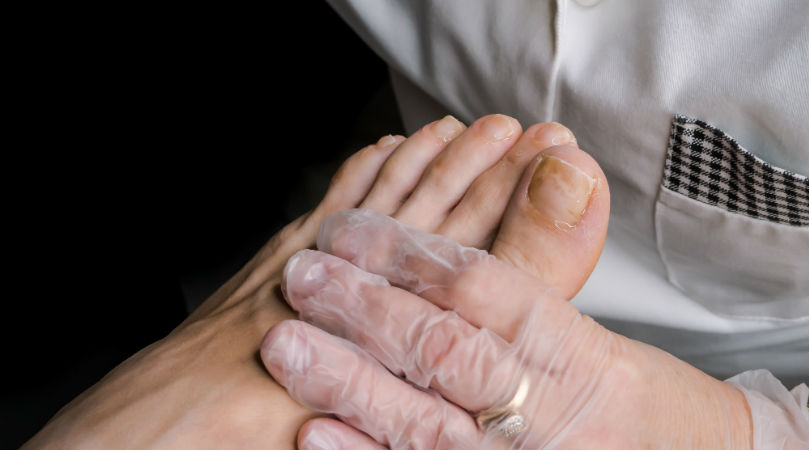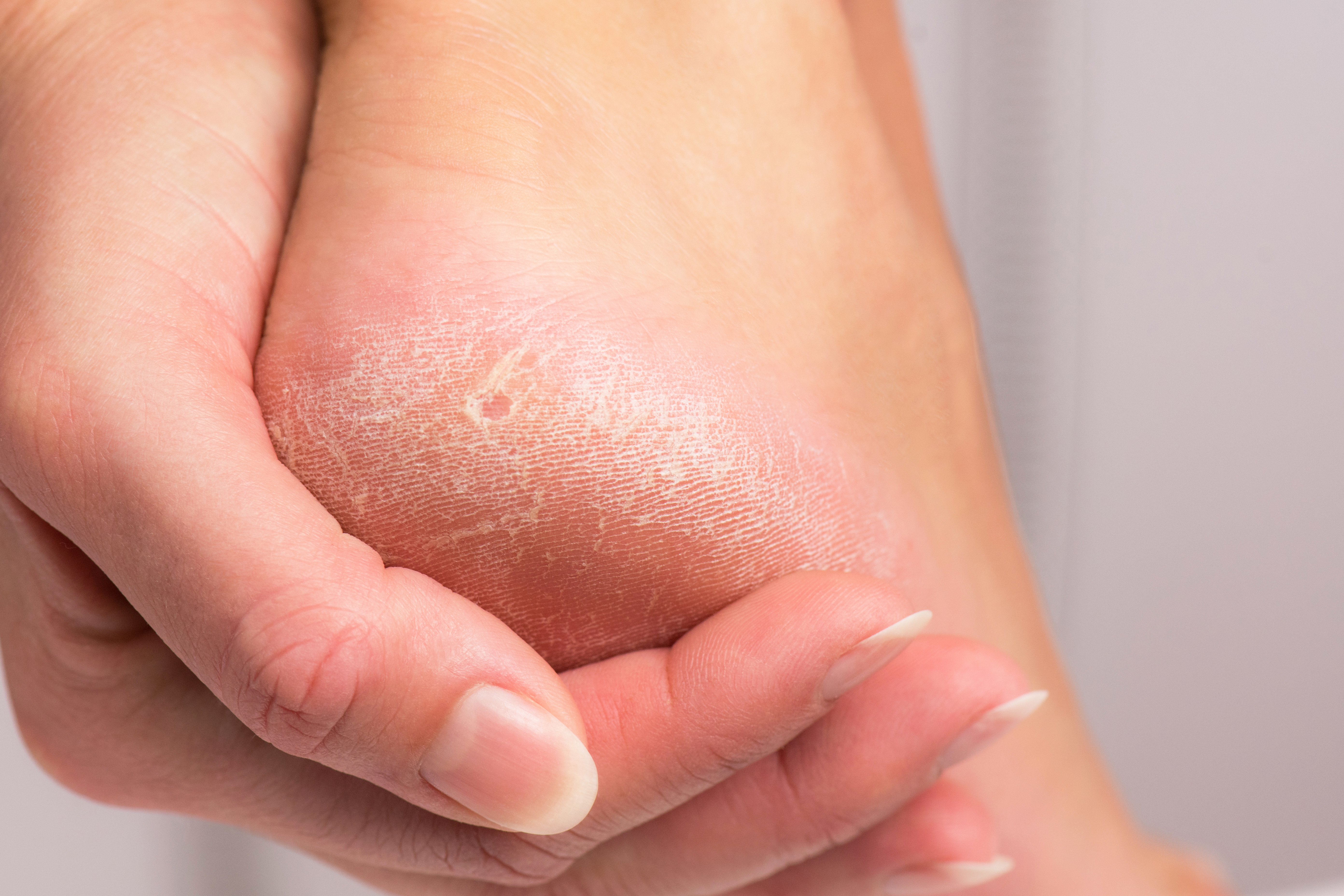No one particularly enjoys discussing skin and nail conditions, and this is perfectly understandable. But many people often go without seeking treatment for skin and nail conditions – and that is a problem. The common mindset of “out of sight, out of mind” can easily result in the development of foot ailments. Already existing problems will most likely get worse.
Dr. Andrew Marso and the staff here at Wisconsin Foot Center are experts in treating foot conditions affecting the skin and nails.
Common Foot Skin and Nail Conditions
Below are some of the most common foot skin and nail conditions we diagnose and treat:
- Toenail Fungus. This is a condition which begins as a slight discoloration. When left untreated, the nail can become brittle and crack. Toenail fungus, a condition commonly referred to as onychomycosis, thrives inside warm, dark, and moist environments such as shoes. It is important to change your wet socks promptly and allow your feet time during the day to “air out” without socks and shoes.
Symptoms of toenail fungus include: thickening of the nail, brittleness, foul odor, discoloration, and sometimes pain.
- Ingrown Toenails. This problem occurs when a toenail grows directly into the tender nailbed that encases the nail. This is usually a result of improperly trimming your nails or wearing tight-fitting footwear. Stubbing your toe can also cause your toenail to become ingrown.
Symptoms of an ingrown toenail include: pain and tenderness on the side of your toe, redness, swelling, and inflammation.
Ways to prevent ingrown toenails include:
- Trim nails straight across, rather than in a curve.
- Wear shoes that allow your toes to have adequate room.
- Wear protective shoes or slippers around the house to prevent injuries, such as stubbing your toes.
- Calluses. While not as painful as an ingrown toenail, calluses can be bothersome. These thick pads of skin form as a result of pressure, friction, and irritation. This condition is very common in athletes, such as hikers and runners.
Symptoms of calluses include: raised and hardened bumps on the skin that are rough, dry, and even painful.

A Closer Look at Ingrown Toenails
Ingrown toenails can be particularly dangerous if left untreated in patients who have diabetes. As the nail grows into the surrounding tissue, or nail bed, the body becomes vulnerable to microorganisms. Diabetic patients may not realize they have an ingrown toenail (due to lack of sensation in the feet).
Ingrown toenails can go undetected, and that is why routine foot examinations are very important for preventing more serious conditions and complications from developing, including infection or a diabetic ulcer.
We Can Help You!
If you find yourself suffering from any of these conditions, don’t hesitate to reach out to Dr. Andrew Marso and his team here at Wisconsin Foot Center. We take pride in delivering the best possible care and quality treatment.
To schedule an appointment with us, call (414) 425-8400 or simply fill out our contact form online.

Request an Appointment
© Wisconsin Foot Center. All Rights Reserved. Website & Marketing By Podiatry Growth

